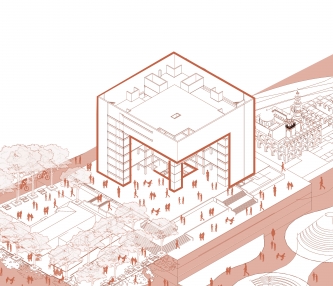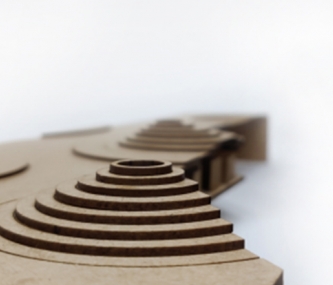- Tutor/s Jayant Gunjaria | Viral Bhavsar
- TA Mohik Acharya
- Code AD4015
- Faculty Architecture
- Level L4 Studio Unit
Frei Otto was visiting Ahmedabad, collaborating with NID for designing the Indian pavilion at Osaka world fair(1966), and through, fantastic coincidence meets Jan Gehl for coffee and conversation at Patang(1984). While looking at Ahmedabad, discussion slips into how organic and lively the character of the walled city is. Jan was particularly impressed with the scales, movement, and profusion of activities on streets and squares like Bhadra, Manekchowk, Mirzapur, and Ravivari, while Otto wondered at the self-perpetuating process of neural networks forming locations and territories within the walled city. Worried about gentrification-commercialization-congestion and decay, they pondered on the solution. Through Otto's ideas about minimum pathways "Occupying and connecting" locations and territories through points-lines-areas-spaces and structure as well as Jan's vision of the "City at eye level" through senses-scales-edges-movement-use-climate and density, the studio imagines proposals to preserve and adapt this self-created organism against pressures of changing times- technologies and behavior patterns. The studio takes principals of Frei Otto and Jan Gehl, to create new urban conditions that can provide solution for the existing issues and create opportunities for the future.














